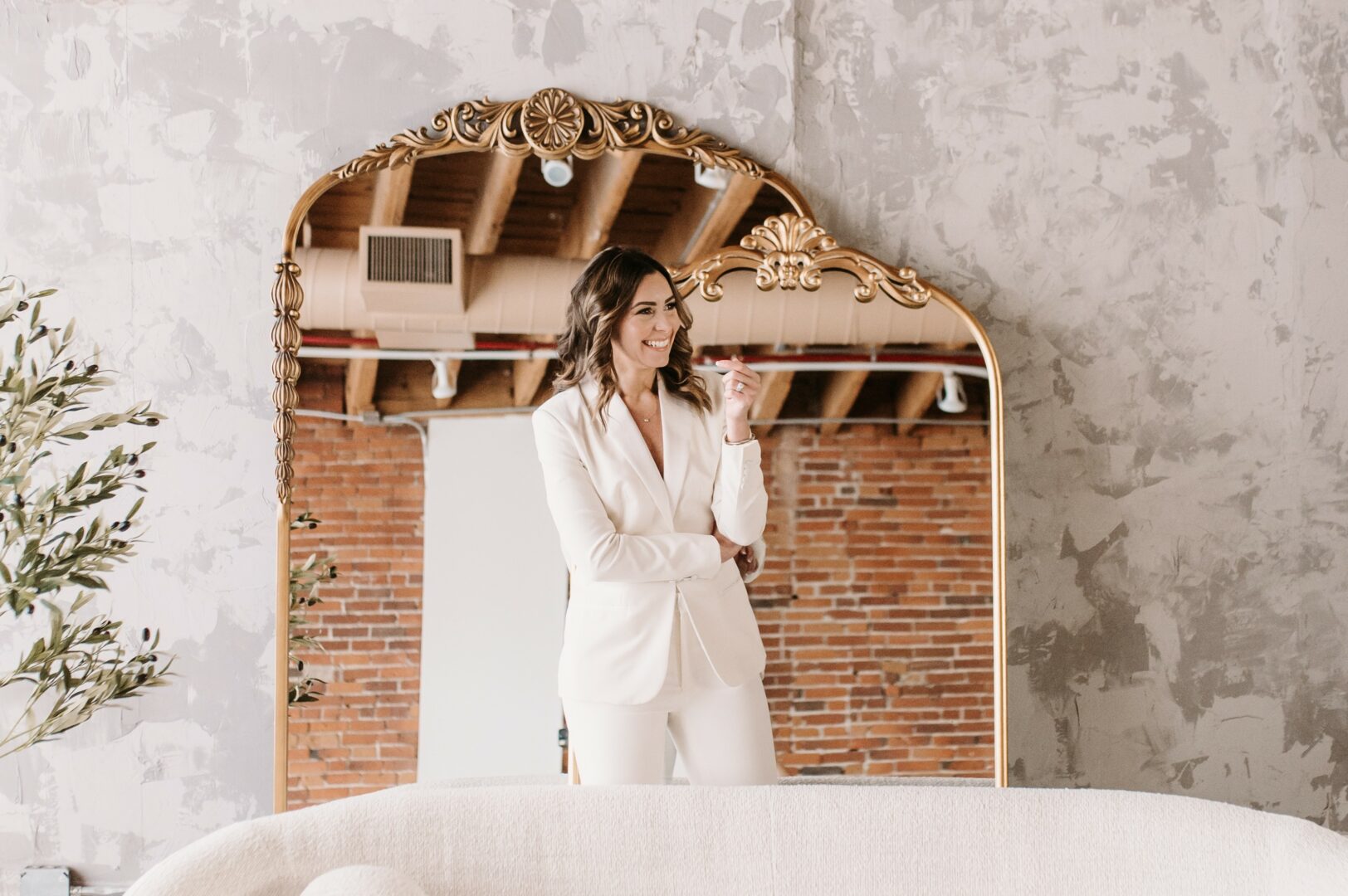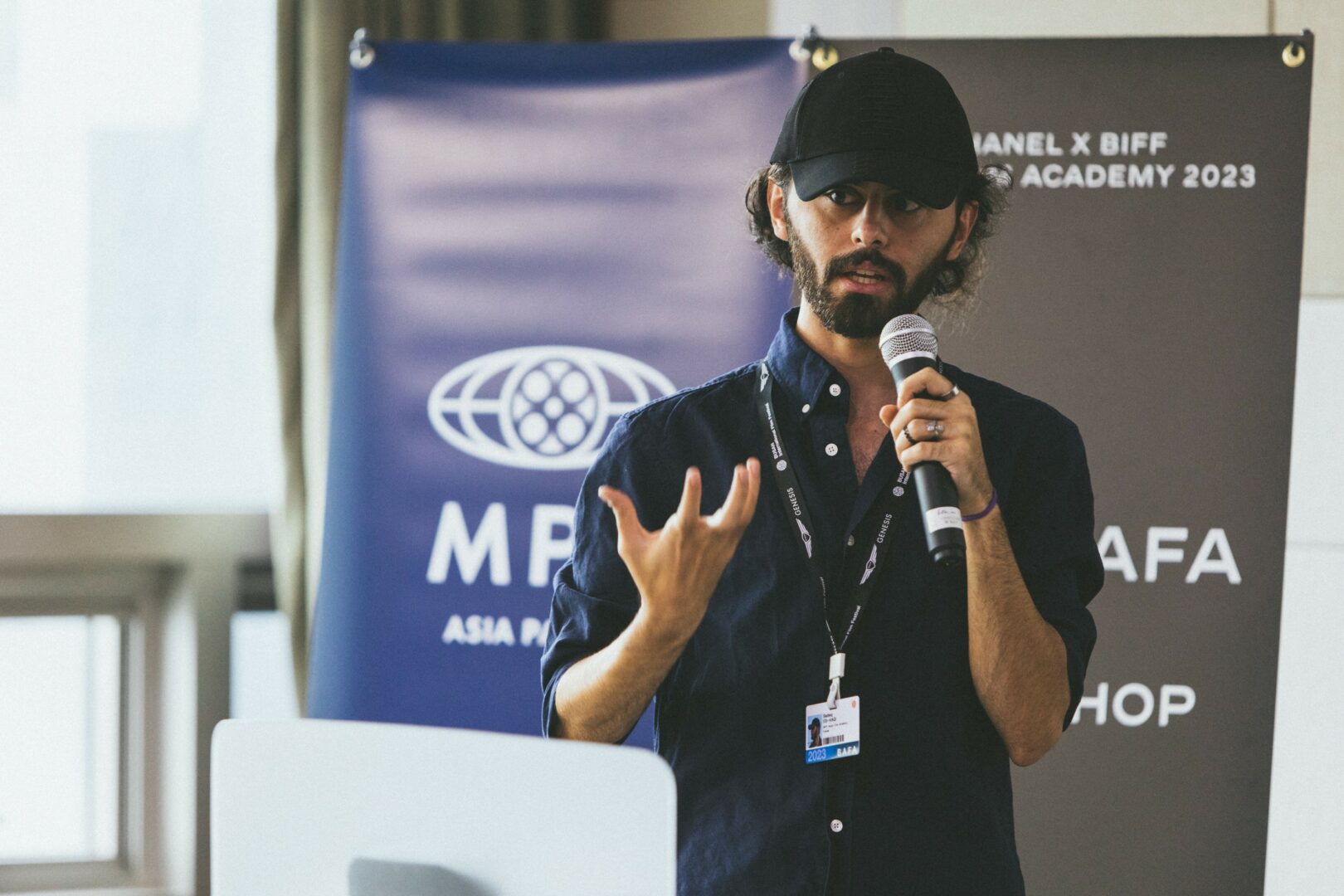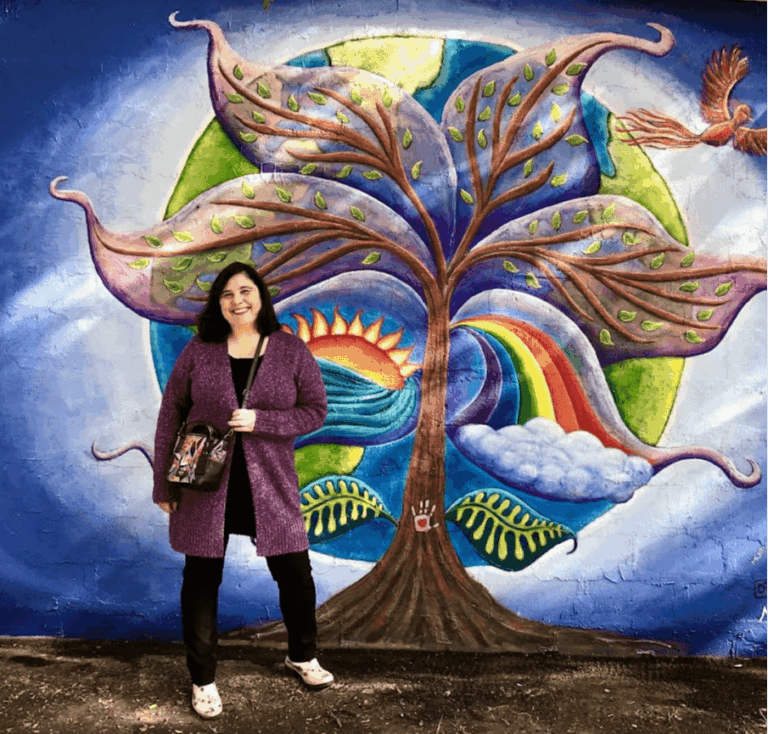We caught up with the brilliant and insightful Emerald O’grady a few weeks ago and have shared our conversation below.
Emerald, we’re thrilled to have you sharing your thoughts and lessons with our community. So, for folks who are at a stage in their life or career where they are trying to be more resilient, can you share where you get your resilience from?
I remember the first time I ever saw the word “resilience” was, of all things, while playing a video game. One of the hot topics when I was a kid was Dragon Quest 9, a game that, like Dungeons and Dragons, collected your stats every battle. It was also a game that featured a plot line about an angel that falls from Heaven, only to be faced with the challenge of saving the world when no one else will.
This was not the first ever piece of media to inspire me, but you could see it as an example of what interested me at the crucial points of my childhood. I was seeing resilience everywhere: in my family, who who were going through lots of hard times at that point, in church, where I learned of all the selfless deeds of Jesus Christ and his lot, and in books and movies and myths about heroes, archetypes who are made magical by the nature of their own altruism. And I think, too, to a child, who by very definition is a state of being in which one must learn to adapt, to survive, one always feels a little stronger, when they picture themselves like an angel, a hero in their own story.


Appreciate the insights and wisdom. Before we dig deeper and ask you about the skills that matter and more, maybe you can tell our readers about yourself?
I am an artist currently based in Columbus, Ohio, as I graduated from the Columbus College of Art & Design earlier this year with a Bachelor’s degree in fine arts. Born in San Antonio Texas, my family settled down in rural Ohio where I attended catholic parochial school. Throughout my transition into adulthood, I developed a fascination with fairytales, religious views, and cultural mythology.
Focusing specifically on themes of grief and human brutality, I began my current collection, “Love Persisting”, in 2023, as a body of work that acts as a cathartic art practice as well as an emotional study of the female experience when viewed under a religious, or mythological context. This collection serves as a memorial piece to famous crime victims, which have become items of intrigue to the public eye, particularly with the rise of true crime blogs, television broadcasts, and podcasts, which often discuss the gruesome horror of murder investigations while casting the victims in an insensitive light and leaving them open for public consumption of media. This serves to make them martyred archetypes to our current culture, paralleling the relationship of women and their religious leaders. You see that, as someone who practices religion, it is often used to inspire hope, to teach good morals. We live in a frictioning world where especially right now, it feels impossible to imagine a happy future. Simultaneously, this is a double-edged sword. The romanticism of mythology shapes much of the way we perceive and reinforce regressive views of gender archetypes. Women are treated as icons rather than real people, and our conceptions of patriarchy—of a society where men should be protectors—is often abused and furthermore underlined with a condescending desire to deny victims of male violence their own agency.
When experiencing the resulting friction that runs rampant in society, I use my current body of work as a form of emotional catharsis, as well as a beacon of hope. While it is true that we live in a time of uncertainty and cultural turmoil, art has always been the highest form of expression that incites change. Revolution, a term that can mean war, also means the end to a cycle. This is what I want my body of art to be for women: a means to imagine a future where revolution meets religion. By memorializing the instances in an artistic and introspective manner, I hope to allow the memories of crime victims to regain their dignity and identities in the world as people, rather than archetypes to serve a means to an end.


Looking back, what do you think were the three qualities, skills, or areas of knowledge that were most impactful in your journey? What advice do you have for folks who are early in their journey in terms of how they can best develop or improve on these?
The National Cancer Institute claims that up to 15-20% of the American population suffers neurodivergent disorders, and I would like that 15-20% to know that these disorders don’t make you any less of a person, that they can be managed. But I will also say that, as someone who has always had to manage my own, that it definitely isn’t easy. Most often my biggest enemy is my tendency to overthink, to waste time researching, procrastinating on my current project. I can’t guarantee my methods would work for everyone, but I have adapted certain methods to get myself rolling, the biggest one being having a partner of sorts to keep you on track. Oftentimes those who suffer ADHD need a bit of a “push” to give them motivation. Mine is my roommate, who is also a very talented artist, who knows I have a bit of a competitive streak. Other times, it’s my father, who also needs that “push”. Even if it’s just a weekly update on the phone, it’s always good to have someone you can trust to push you to push yourself.
On the other hand, I believe that my tendency to think thoroughly about my projects, taking the time to do research on them, luxuriating in all the small details of my work that made it such a long process have helped to give it my own distinct feel. On my artist journey, I developed a reputation at my critique discussions as the one who had an eye for details. I find, even now as I’m constantly battling time, that I’m actually very satisfied with that kind of reputation. I always want to retain the ability to get someone to lose themself in a world of my own making.


Who has been most helpful in helping you overcome challenges or build and develop the essential skills, qualities or knowledge you needed to be successful?
My art peers, specifically the fashion designer, Logan Baldauf. Admittedly, before having gone to art school, much of what makes my current body of work unique were things that were mostly dormant. They were there in the back of my mind, to inform most of my aesthetically artistic decisions, but I considered my art to be just that at the time: aesthetically pleasing. My body of work up until then centered around still-lifes, landscape paintings, etc. It was only when I was surrounded by other artists who had ideas and ambitions of their own that I realized that I had so much more to offer, both to myself and others. As an artist, I had much more to say than, “Isn’t this a beautiful view?”
And in conclusion, it’s true what they say, that your vibe picks your tribe. Baldauf singled me out almost the instant we were in the same room, and it’s been that way ever since. He pushes me even now to do more with myself than I ever imagined I would, and I can only hope I do the same. Coincidentally, he was even the one who recommended me this interview! I guess that just goes even further to show, you should always remain close to those who push your buttons, aggravating or no.
Contact Info:


so if you or someone you know deserves recognition please let us know here.




